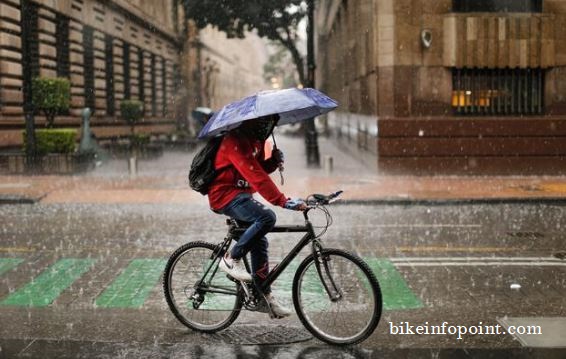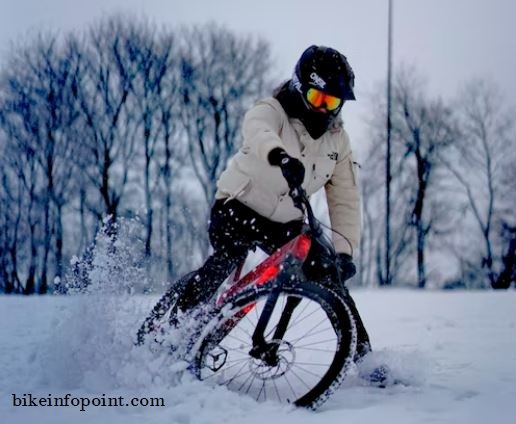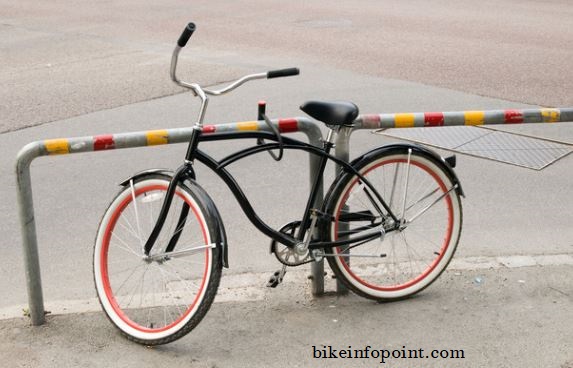
How to Lock a Bike Without a Rack
Properly securing a bike is essential to keeping it safe and reducing the risk of theft. By using a strong lock and securing the bike to an immovable object, the bike is less likely to be stolen. Properly securing a bike can help protect it from damage or vandalism.
It’s also important to note that in some cases, insurance companies may not cover stolen or damaged bikes that were not properly secured. So it’s important to take the necessary steps to protect your bike.
Whether you are in a city or a rural area, it is important to know how to properly secure your bike to prevent theft. We will show you a few different methods for locking your bike without the use of a rack, so you can feel confident that your bike is safe and secure.
Table of Contents
ToggleMaterials Needed
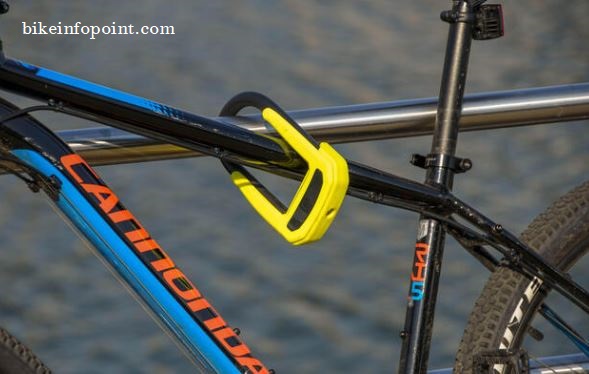
It’s important to list the materials that are needed to properly secure a bike without a rack.
Strong lock: A strong lock is essential for securing a bike without a rack. A U-lock or a chain lock are both good options. Because it is durable and can withstand cutting or breaking attempts. It is also very easy to use and transport. It’s important to choose a lock that is the right size for the bike, as well as one that is rated high on security.
Secondary lock: A secondary lock can provide an extra layer of security for the remaining wheel and other detachable parts of the bike. Cable locks, folding locks and locking skewers are some examples of secondary locks that can be used. They are lightweight and easy to transport, making them a convenient option for people who need to lock their bikes frequently.
It’s important to note that the quality and strength of the lock can make a big difference in deterring potential thieves, so it’s worth investing in a high quality lock.
Having a strong lock and a secondary lock makes it more difficult for thieves to steal the bike and detachable parts of the bike. And it also helps to protect the bike from vandalism or damage.
Step by Step Instructions
Step 1: Choose a Secure Location
When choosing a location to lock your bike, there are a few important things to consider:
Visibility: Look for a location that is well-lit and visible to the public. This can deter potential thieves and make it easier to spot your bike if it is stolen.
Foot traffic: Look for a location that has a lot of foot traffic. This can also deter potential thieves and increase the chances of someone noticing if your bike is stolen.
Avoid secluded areas: It’s best to avoid locking your bike in secluded areas, such as dark alleys or abandoned buildings. This can increase the risk of theft and make it more difficult for authorities to recover your bike if it is stolen.
Step 2: Use a Strong Lock, such as a U-lock or Chain lock
Choose the right size lock: Make sure the lock you choose is the right size for your bike. A lock that is too small may not fit around your bike frame and wheels properly, while a lock that is too large may be too heavy or bulky to transport.
Lock the frame and one wheel: Insert the lock through the bike frame and one wheel and then lock it to the immovable object. Make sure the lock is tight and secure.
Lock the wheel: If you’re using a U-lock, you can lock the wheel to the frame of the bike. If you’re using a chain lock, you can thread the chain through the wheel and then lock it to the immovable object.
Double-check the lock: Before leaving your bike, double-check that the lock is securely fastened and cannot be easily opened or cut.
Step 3: Lock the Frame and one Wheel to an Immovable Object
Position the bike: Position the bike so that the frame and one wheel are closest to the immovable object you have chosen to lock it to. You can use lampposts, benches trees or railings.
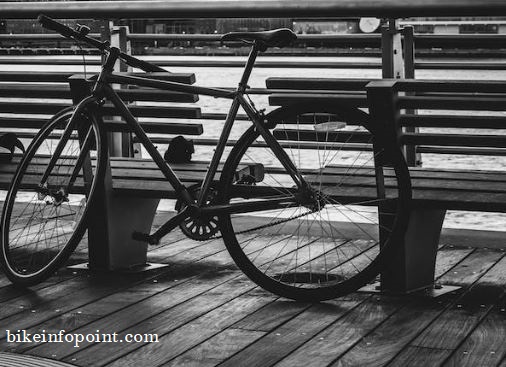
Once the bike is properly positioned against the lamppost, benches trees or railings, it’s time to secure it with a lock. A high quality bike lock is essential to ensure that the bike is properly secured. U-locks, chain locks and cable locks are all good options.
Secure the frame: Insert the lock through the bike frame and the immovable object, making sure the lock is tight and secure.
Secure the wheel: Insert the lock through the wheel and the immovable object, making sure the lock is tight and secure.
Check the stability: Make sure the bike is stable after locking it up and ensure the bike won’t fall over or move.
Step 4: Use a Secondary Lock for the Remaining Wheel
Choose the right type of lock: Cable locks, folding locks, and locking skewers are examples of secondary locks that can be used to secure the remaining wheel and other detachable parts of the bike.
Secure the wheel: Insert the secondary lock through the remaining wheel and the immovable object, making sure the lock is tight and secure.
Secure other detachable parts: If the bike has other detachable parts such as lights, bags, or accessories, it should be secured with the secondary lock as well, or removed and taken with you.
Check the main lock: Make sure the main lock (U-lock or chain lock) is securely fastened and cannot be easily opened or cut.
Additional Tips
Use locking skewers: Locking skewers are a type of security skewers that replace the standard skewers on a bike’s wheels. It can be locked in place, making it difficult for thieves to remove the wheels from the bike.
Remove detachable parts: Remove detachable parts of the bike, such as lights, bags, or accessories, and take them with you. This makes it more difficult for thieves to steal the parts and can also reduce the chance of damage or loss.
Use a cover: Use a bike cover to protect the bike from thieves. This can help to keep the bike in good condition and reduce the chance of theft.
Register your bike: Register your bike with your local police department or with a national bike registration service. This can make it easier to recover your bike if it is stolen and can also serve as a deterrent to potential thieves.
These tips can greatly increase the security of the bike and make it more difficult for thieves to steal the bike or its parts. It is always best to take the necessary precautions to ensure the safety of your bike.

